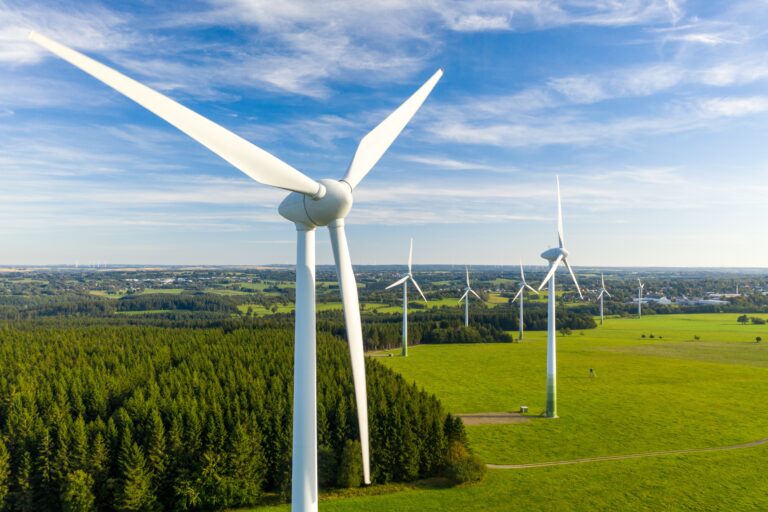What is Great British Energy?
- A publicly-owned company that will own, manage and operate energy generation projects.
- Established under a corporate charter with responsibilities to support a clean energy system by 2030.
- It will have a strategic remit and investment framework that will outline how it will deliver public policy aims and value.
- It will be operationally independent, with an independent board.
- Capitalised by investment over the course of Parliament until it is a self-sustaining entity.
What will GB energy do?
- Invest in and deliver projects to provide additional investment alongside the private sector.
- Build organisational capability and expertise to deliver energy megaprojects like nuclear power stations.
- Provide finance and organisational capacity to support local government in delivering clean energy projects, through a Local Power Plan.
What will this involve?
- Investment and ownership in new technologies
Its initial priority will be to co-invest in leading edge energy technologies where this can de-risk and unlock private sector investment.
Examples of this might include the emerging green hydrogen, offshore floating wind or tidal industries, where there could be an important role for GBE to co-invest in research and development and production and share the equity benefits of the UK’s export potential.
GBE will also absorb the functions of Great British Nuclear, to drive investment and innovation in the UK’s nuclear industry and will also look to boost the UK’s Research and Development in new energy technologies. For example, it could work with ARIA to develop clean and cheap power technologies.
- Co-investing in established energy technologies
GB Energy will invest to accelerate the deployment of established technologies where there is a clear case that public sector investment would accelerate private sector development.
For example, in expanding wind farms on the public estate, as well as building supply chains.
- Scaling up municipal and community energy
GB Energy will partner with energy companies, local authorities and communities to build cheaper, cleaner power in villages, towns and cities across the country,
This will involve expanding small-scale and medium-scale clean and cheap energy projects such as onshore wind, community and household solar. It will also involve shared ownership with private sector projects.
What detail do we have so far?
- Initial capitalisation of £8.3bn over the next Parliament (with £3.3bn allocated to community energy).
- Legislated through primary legislation.
- Headquartered in Scotland.
- Funded through a windfall tax on big oil and gas firms – estimated to raise £8.3bn over the next five years.
- Investment in stand-alone projects such as rooftop solar on social housing, in addition to co-investment opportunities for the private sector in larger projects such as onshore wind and solar farms.
- Early investments to focus on wind and solar projects. Long-term investments will invest in new technologies including floating offshore wind, hydrogen, and carbon capture and storage.
- Developing up to 20,000 renewable power projects.
What is the Local Power Plan?
GB Energy will partner with energy companies, local authorities and cooperatives to develop up to 8GWs of cheaper, cleaner power by 2030.
This includes a £3.3 billion funding pot that local authorities, metro mayors and community groups can dip into for grants and loans towards small-scale clean energy projects, such as solar panels on council houses, schools or hospitals.
Labour had previously stated it will make available up to £600m in funding for local authorities and up to £400m low-interest loans each year for communities.
It will also extend and strengthen existing shared ownership models in Scotland and Wales.
It adds that a proportion of profits from these projects will be distributed back to local communities so they see the benefit of clean power in direct cost of living support – for example, through discounts on energy bills.
What is the clean power by 2030 target?
- Pioneer floating offshore wind, by fast-tracking at least 5 GW of capacity.
- More than double our onshore wind capacity to 35 GW.
- More than triple solar power to 50 GW.
- Quadruple offshore wind with an ambition of 55 GW by 2030.
- Get new nuclear projects at Hinkley and Sizewell over the line, extending the lifetime of existing plants, and backing new nuclear including Small Modular Reactors.
- Double the government’s target on green hydrogen, with 10 GW of production for use particularly in flexible power generation, storage, and industries like green steel.





